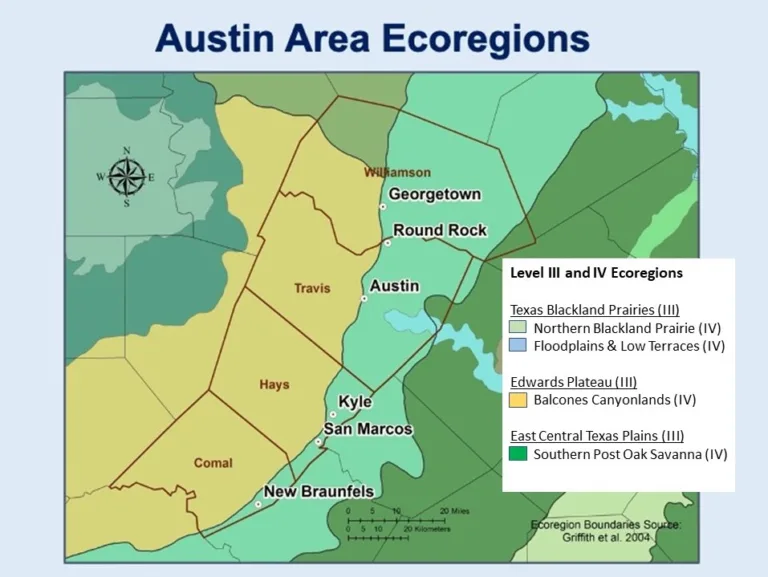Welcome to the Austin Chapter of NPSOT including Travis County and the dozens of cities within its boundaries.
We are in both the Texas Blackland Prairies and Edwards Plateau Ecoregions, divided around Interstate-35, and includes urban, prairie, and woodlands landscapes. Our average rainfall is about 35 inches with peak rainfall usually in May and October, Hardiness Zone 9a.
Use the menus in the bar above to get more information relevant to our area, including plant lists, activities, and more. The menus in white lead to our State NPSOT website.
Please join us at a meeting, field trip, plant rescue, or other activity.
Chapter News
Posts about our chapter activities, and other important information
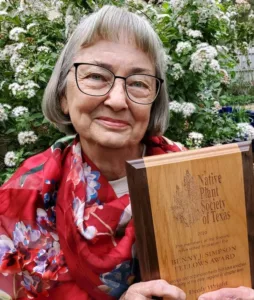
Deedy Wright’s Resources for the Austin Area
Our chapter was fortunate to have Deedy Wright speak to us about invasive plants and better native alternatives, and about how to use natives effectively and successfully in your landscape.
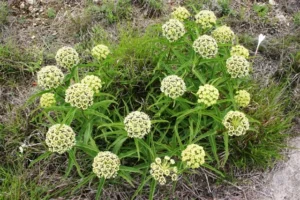
April 2024 Plant of the Month
This spring has been a very good time for our most common milkweed.Click on the plant below for more details
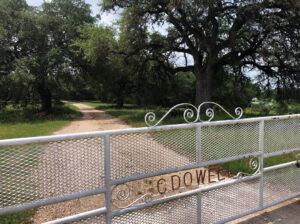
Austin NPSOT Grant Award
As a 501(c)(3) organization the Native Plant Society of Texas 2023 awarded Austin one of five $700 grants through the NPSOT State Conservation Partner Grant initiative. Our grant will support
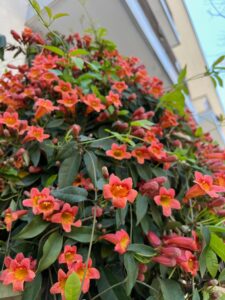
December 2023 Plants of the Month
As winter begins these evergreens continue to show their beauty and resilience.Click on the plants below for more details
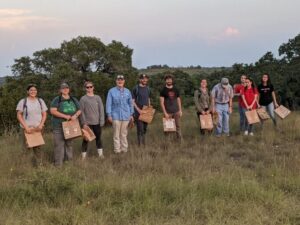
South Austin Plant Rescue
Capital Area and Balcones Canyonlands Master Naturalists and the Native Plant Society of Texas Austin are running a native plant rescue program! Register for our inaugural plant rescue this weekend
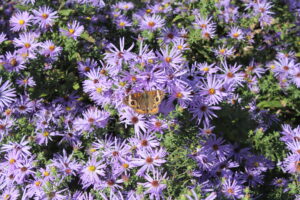
November 2023 Plants of the Month
Fall blooms just in time for migrating pollinators.Click on the plants below for more details
Upcoming Events
Monthly Meetings
We meet most months online via Zoom. Details are on our Facebook page and email newsletter.
- 3rd Tuesday evening of the month
- 6:45 p.m.: Meet & Mingle
- 7 p.m.: Presentation
- 8:10 p.m.: Announcements/Business
- 8:45 p.m.: Adjourn
Stay in Touch
To stay up to date on all our meetings and activities, subscribe to the NPSOT Austin email list. You will get:
- Our monthly newsletter
- The link to join our monthly meeting by Zoom
- Reminders of plant sales, plant rescues, and other special events

